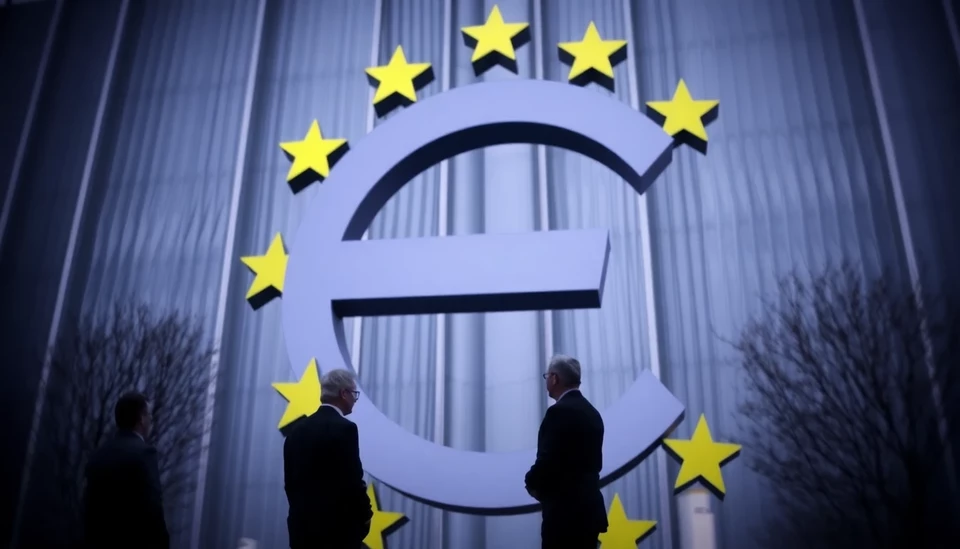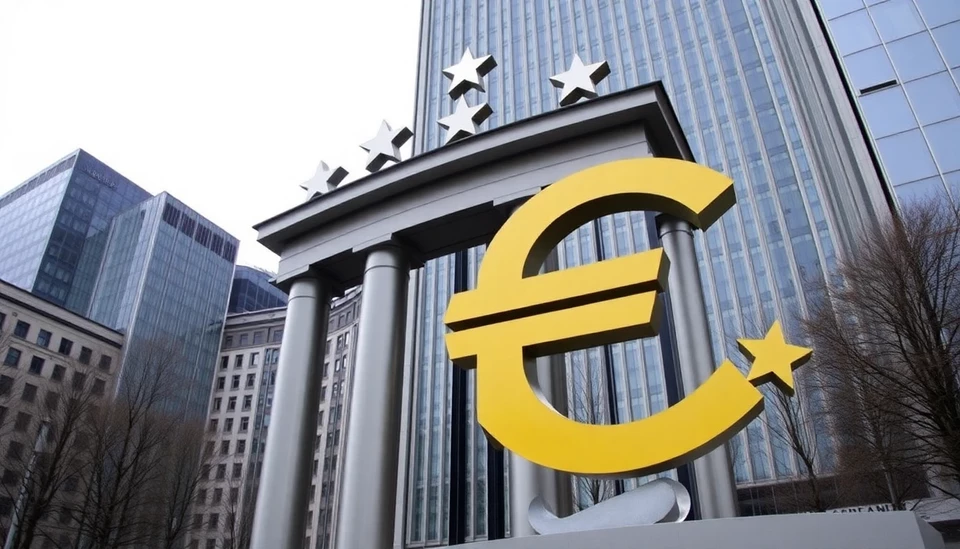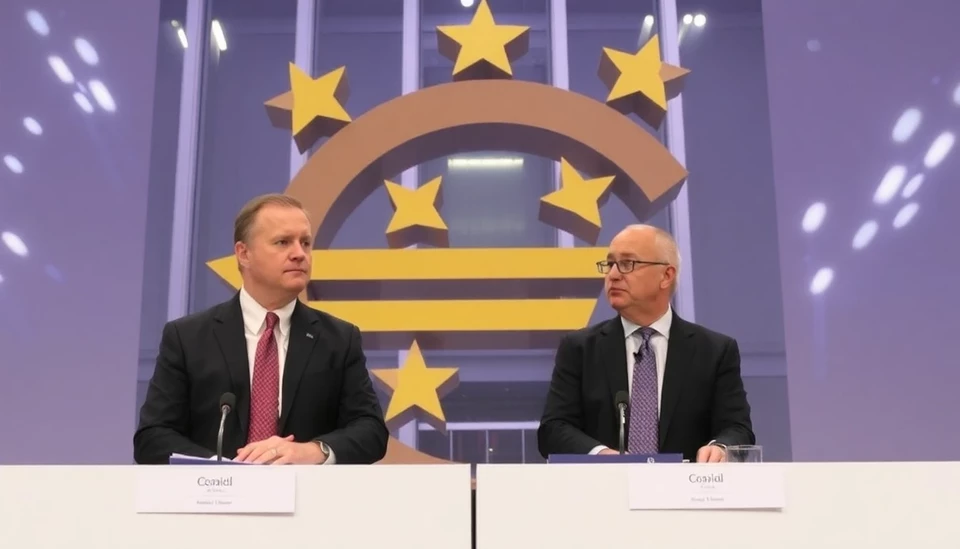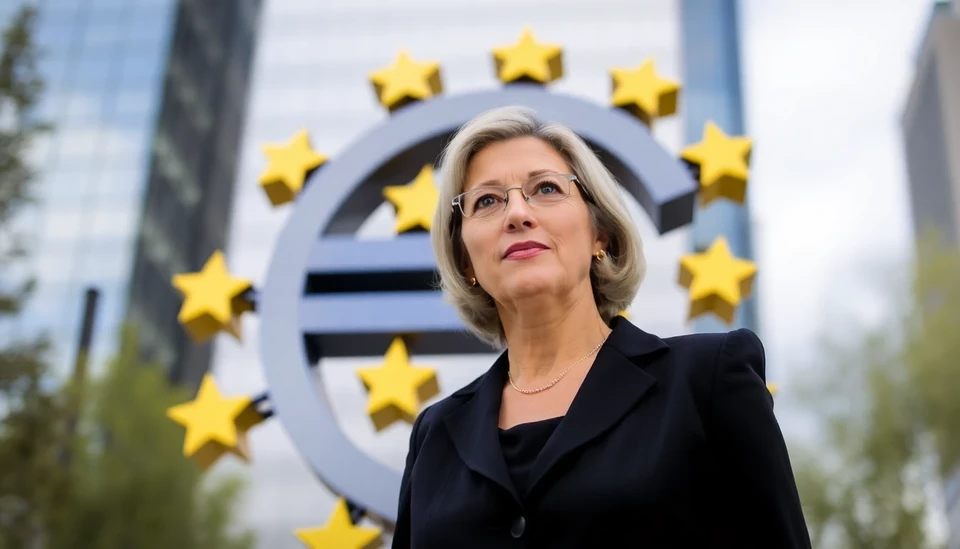
Recent data indicates that inflation in the Euro Zone is gradually cooling, providing welcome relief for both consumers and policymakers as the European Central Bank (ECB) enters the final stages of its rate-cutting strategy. This trend appears to signal a potential stabilization in the economy, giving the ECB more room to maneuver in terms of monetary policy.
Eurostat, the statistical office of the European Union, reported that the inflation rate dropped to 5.6% in February, down from 6.2% in January. This decline is pivotal as it aligns with the central bank's ongoing efforts to rein in rising costs that have plagued the economy since the onset of the pandemic and exacerbated by the Ukrainian crisis. The sustained inflation over the past years has forced the ECB to enact a series of aggressive interest rate hikes to combat the financial strains on consumers and businesses alike.
In light of this recent development, analysts suggest that the ECB is poised to conclude its aggressive rate-cutting phase. The central bank has been under pressure not only to control inflation but also to support economic recovery amid persistent global uncertainties. The reduction in inflation suggests that previous hikes may be yielding the desired results, allowing the ECB to adjust its policy approach as it monitors ongoing economic conditions.
Christine Lagarde, President of the ECB, highlighted the importance of carefully managing this transition in monetary policy. She noted that easing inflation pressures could afford the central bank an opportunity to respond flexibly to potential economic risks without compromising its inflation target. Lagarde emphasized that the ECB remains committed to ensuring price stability while fostering growth across the Euro Zone.
Furthermore, experts anticipate that if this downward trend continues, the ECB may further reassess its interest rate strategy in the upcoming months. Lower inflation could provide the foundation for additional measures aimed at stimulating economic activity and consumer confidence. However, policymakers must navigate the complexities of a landscape that includes geopolitical tensions, fluctuating energy prices, and a potential global economic slowdown.
The implications of these developments are significant for businesses, consumers, and investors alike. With inflation expected to ease, consumers may find some relief in their purchasing power, while businesses could experience improved conditions to plan for future investments. On the investment front, the anticipated monetary policy shifts could also affect market dynamics, influencing everything from bond yields to stock performance as investors recalibrate their strategies in response to changing interest rates.
Moreover, some economists warn that while the cooling inflation is a positive sign, it is crucial for the ECB to remain vigilant. The economy still faces inherent challenges, and any premature shifts in policy could result in adverse effects, potentially setting back the progress made so far. Hence, aligning monetary policy with the short- and long-term economic outlook will be instrumental in shaping the future trajectory of the Euro Zone.
In conclusion, the recent decline in Euro Zone inflation is a promising development as the ECB approaches its final phase of interest rate cuts. As the central bank navigates these complexities, both the economic landscape and consumer sentiment will be important factors to monitor in the coming months.
#EuroZone #Inflation #ECB #RateCuts #EconomicStability #ConsumerConfidence #Eurostat #EuroEconomy
Author: Daniel Foster




